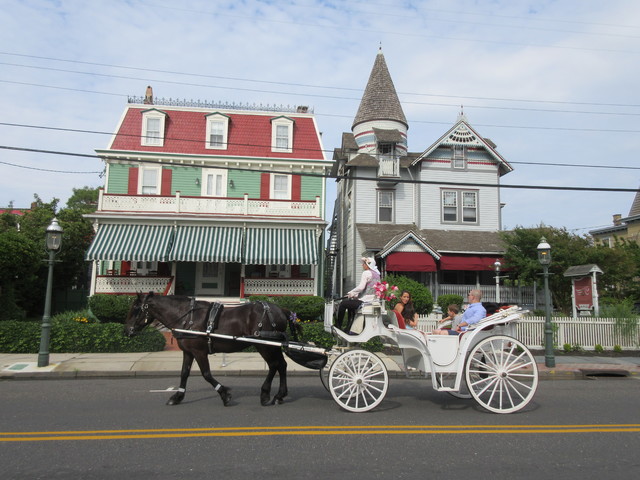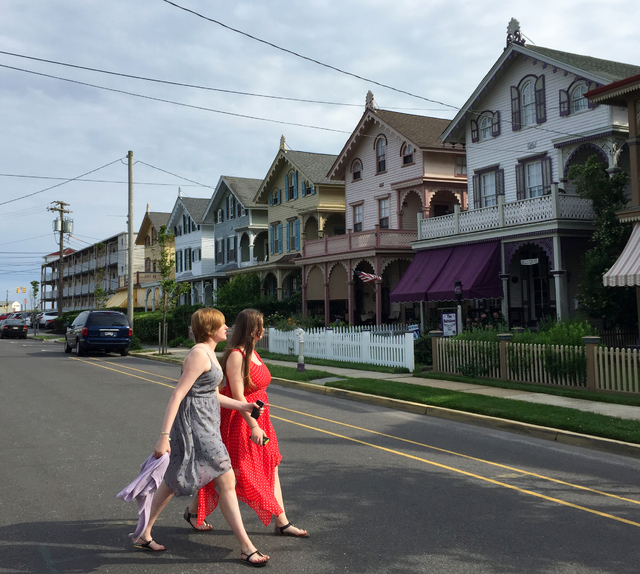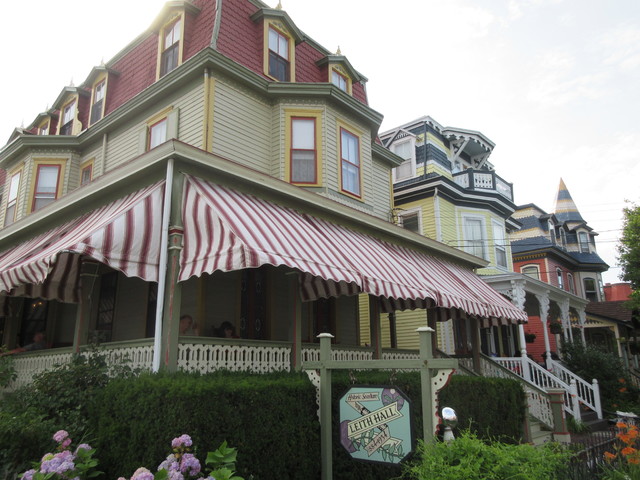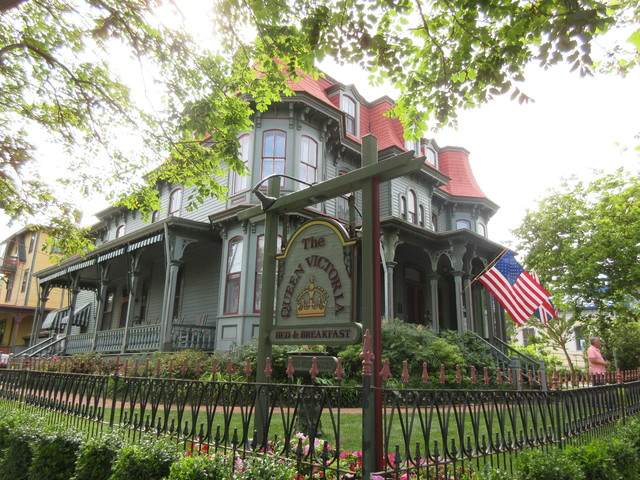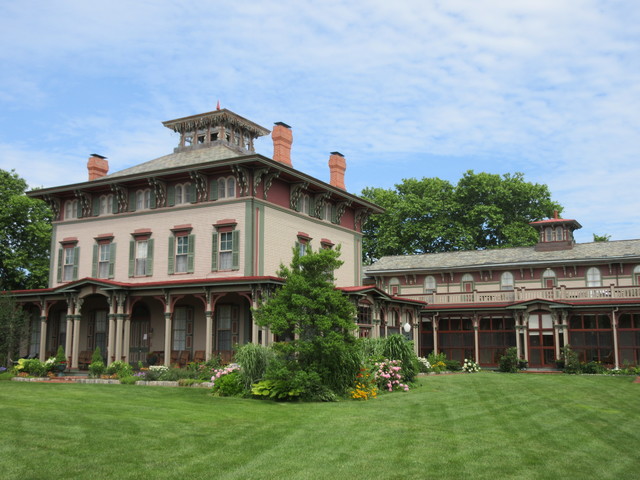Cape May, NJ’s charming Victorian homes
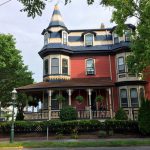
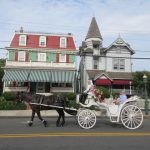
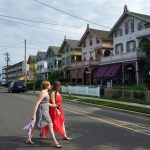
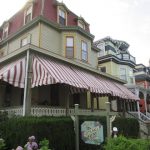
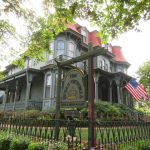
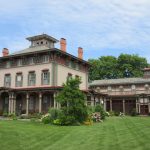
CAPE MAY, N.J. — Summer on the Jersey shore is all about going to the beach. What makes the seaside town of Cape May special is not just sand and shore, but the city’s many Victorian homes. They constitute what the National Historic Landmarks program calls “one of the largest collections of 19th century frame buildings” in the United States.
ADVERTISING
The entire city, in fact, was designated a National Historic District in 1976, with more than 600 summer homes, hotels and commercial structures in all.
Their gables, towers, domes, arched windows and inviting front porches, often trimmed in bright colors, create charming and whimsical streetscapes all around town.
Cape May’s Mid-Atlantic Center for the Arts &Humanities, a local nonprofit, publishes an excellent guide to 57 structures. The $5 “Cape May Bike Tour” booklet can be purchased at MAC’s headquarters on Washington Street.
If you don’t want to go around by bike, though, you also can head out on foot, starting from Washington Street, and hit many of the homes listed in the booklet in just a few hours.
The publication includes a map, street address and description for each structure.
In addition to Washington, key routes include Ocean Street, Columbia Avenue, Hughes Street, Beach Avenue and North Broadway.
Among the highlights are the Stockton Row Cottages on Gurney Street; Leith Hall, The Breakers and Columbia House at 22, 24 and 26 Ocean St.; the massive Congress Hall hotel at 251 Beach Ave.; and the Southern Mansion at 720 Washington St.
Many buildings today house bed-and-breakfasts, eateries or shops.
If you have time, take a guided tour of the 1879 Emlen Physick Estate, located right next to the MAC offices, with free parking onsite.
The tour of 15 restored rooms takes about 45 minutes and offers a good introduction to Cape May’s history and a close-up look at Victorian interiors — including oddities such as decorations made from human hair.
You also can buy a combination ticket that covers a guided trolley tour around town along with admission to the Physick home.
Cape May became a popular summer resort in the mid-1800s, but a massive fire in 1878 destroyed 35 acres, and Atlantic City eventually overtook Cape May as a destination.
The city’s lack of development in the early 20th century helped preserve it, and the historic landmark designation staved off demolition of the old houses in the late 20th century.
A pedestrian mall on Washington Street offers ice cream, souvenirs and more.
You’ll need to buy a day tag for the beach. Other local attractions include a lighthouse and national wildlife refuge.


